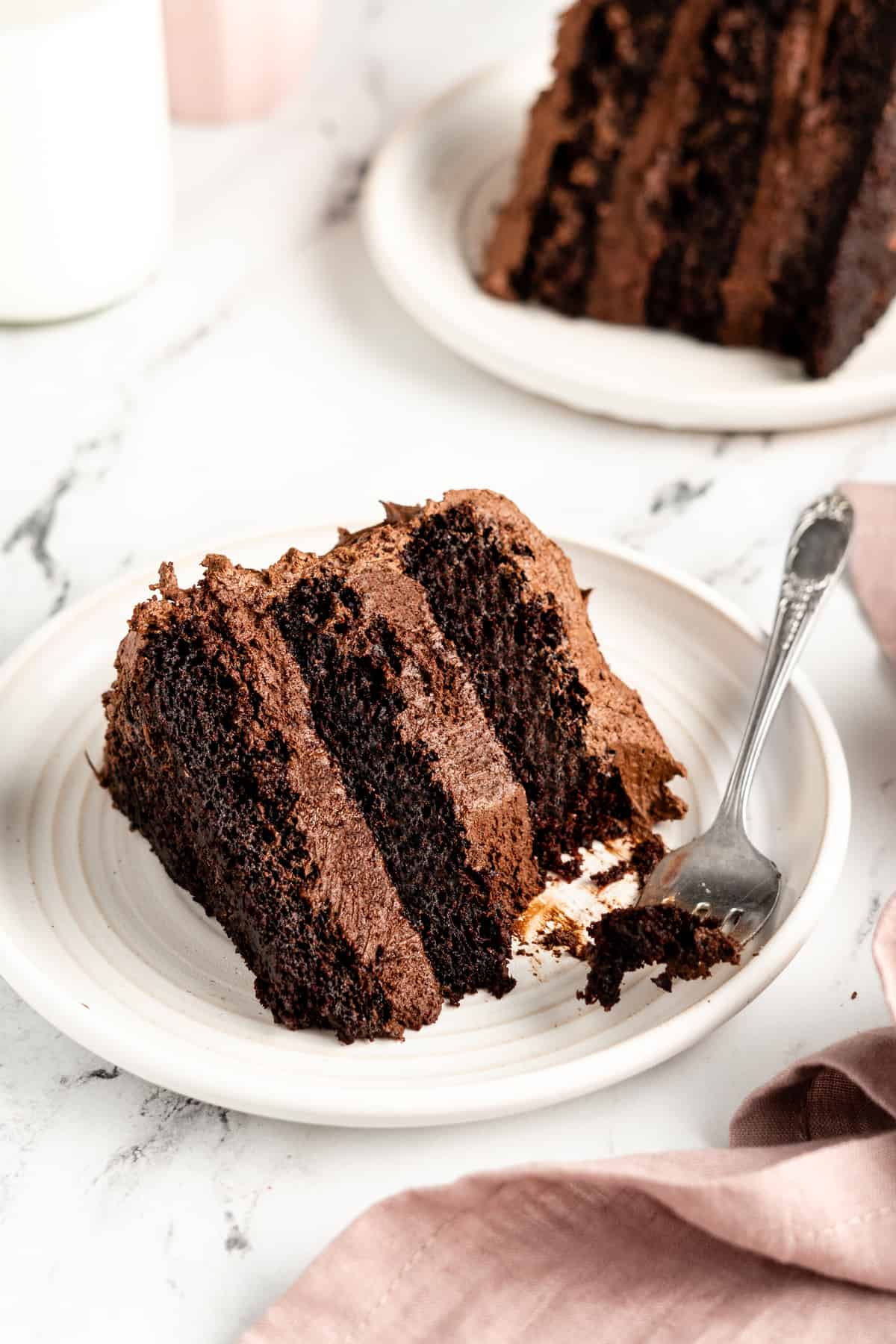Welcome to our comprehensive guide on creating delicious vegan and gluten-free desserts! In a world where dietary restrictions are increasingly common, these treats offer inclusive indulgence without compromising on flavor, texture, or satisfaction. Whether you’re vegan by choice, gluten-intolerant, or simply exploring healthier options, vegan and gluten-free desserts can be rich, creamy, fudgy, or fruity—proving that “free-from” doesn’t mean free from taste. From birthdays to holidays, these desserts cater to diverse needs while delivering the joy of baking and sharing.
This article will reveal 7 secrets to mastering vegan and gluten-free desserts at home, drawing from popular recipes and expert advice. We’ll explore their evolving history, essential ingredients, step-by-step recipes for crowd-pleasers, creative variations, baking tips, storage and serving ideas, nutritional benefits, and FAQs. Along the way, we’ll link internally to related recipes on our site, such as our classic chocolate chip cookies (with vegan adaptations), peanut butter cookies, no-bake chocolate oatmeal cookies, bakery-style blueberry muffins, classic New York style cheesecake (vegan version), festive gingerbread cookies, or All-American apple pie (gluten-free crust option). Externally, we’ll reference trusted sources like Minimalist Baker for recipes and One Green Planet for substitution guides.
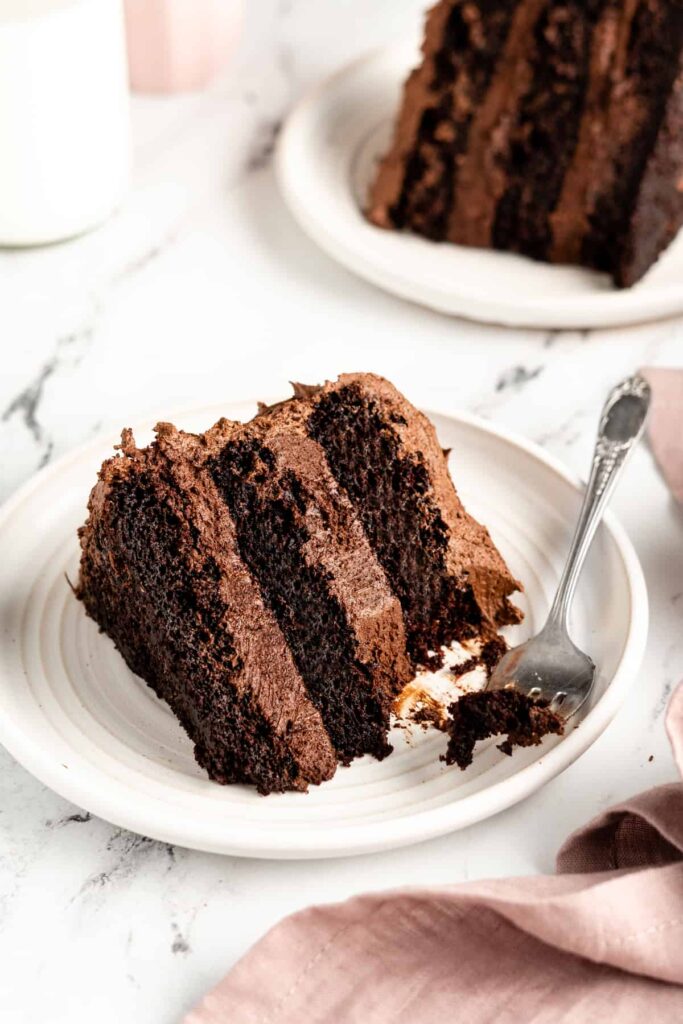
With prep times as short as 15 minutes and no exotic tools required, you’ll be whipping up impressive desserts in no time. Let’s embark on this sweet, allergen-friendly journey and transform your kitchen into a haven of inclusive baking!
Secret 1: The Evolving History of Vegan and Gluten-Free Desserts
Vegan and gluten-free desserts, though trendy today, have roots in ancient practices and modern necessities. Veganism, coined in 1944 by Donald Watson, emphasizes plant-based eating for ethical, health, and environmental reasons. Early vegan sweets drew from traditional recipes adapted without animal products, like fruit-based treats in ancient cultures. Gluten-Free Desserts baking, meanwhile, stems from celiac disease awareness, first described in the 1st century AD, but gained traction in the 20th century with better diagnostics.
The intersection of vegan and gluten-free desserts emerged in the late 20th century amid rising food sensitivities and plant-based movements. Bakeries like Sweets from the Earth, founded in Toronto in 2002, pioneered all-natural vegan options, many gluten-free, using innovative ingredients like rice flour and coconut oil. Origin Bakery in Canada, established later, focused on 100% gluten-free treats, often vegan, highlighting the demand for inclusive baking. The 2010s saw a boom with blogs like Minimalist Baker popularizing simple recipes, driven by health trends and social media.
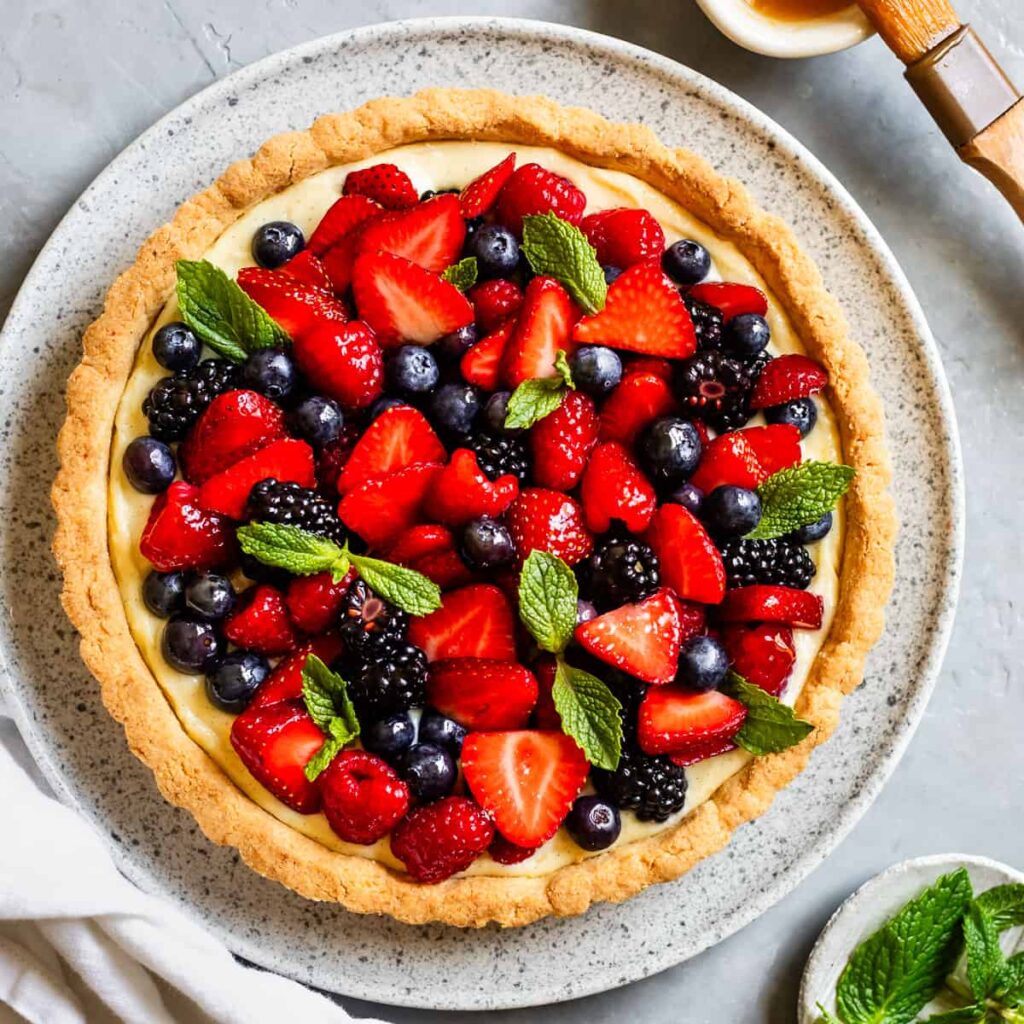
Historically, desserts like ancient Greek honey cakes or Egyptian date sweets were naturally vegan and gluten-free precursors. In the U.S., the 1970s natural food movement adapted recipes, leading to modern hits like raw energy balls or aquafaba meringues. Today, these desserts are mainstream, with chains offering options and cookbooks like “The Beginner’s Guide to Gluten-Free Vegan Baking” providing accessible guidance. For more on dessert evolution, check our history of American baking. Externally, Wikipedia traces veganism’s roots.
This history shows how necessity and innovation have made vegan gluten-free desserts a delicious staple.
Secret 2: Essential Ingredients for Vegan and Gluten-Free Desserts
Success in vegan and gluten-free desserts hinges on smart substitutions that mimic traditional textures and flavors. Key ingredients include alternative flours, binders, sweeteners, and fats, ensuring moist, structured results without eggs, dairy, or gluten.
- Flours: Gluten-free blends (rice, sorghum, tapioca, potato) or single types like almond, coconut, or oat flour. A 2:1 flour-to-starch ratio (e.g., rice flour to tapioca) provides structure. Almond flour adds moisture; coconut flour absorbs liquids—use sparingly.
- Binders: Flax eggs (1 tbsp. flaxseed + 3 tbsp. water), chia seeds, or aquafaba (chickpea liquid) replace eggs for binding and lift. Xanthan gum (1/2-1 tsp per cup flour) mimics gluten’s elasticity.
- Sweeteners: Maple syrup, agave, coconut sugar, or date paste for natural sweetness and moisture. Avoid refined sugar for healthier options.
- Fats: Coconut oil, avocado oil, or nut butters for richness. Vegan butter (e.g., Earth Balance) for flaky crusts.
- Liveners: Baking powder/soda remain the same; ensure gluten-free certified.
- Milks: Almond, oat, coconut, or soy milk for creaminess in puddings or batters.
- Flavor Boosters: Vanilla extract, cocoa powder, fruits, nuts (e.g., sunflower seeds for nut-free).
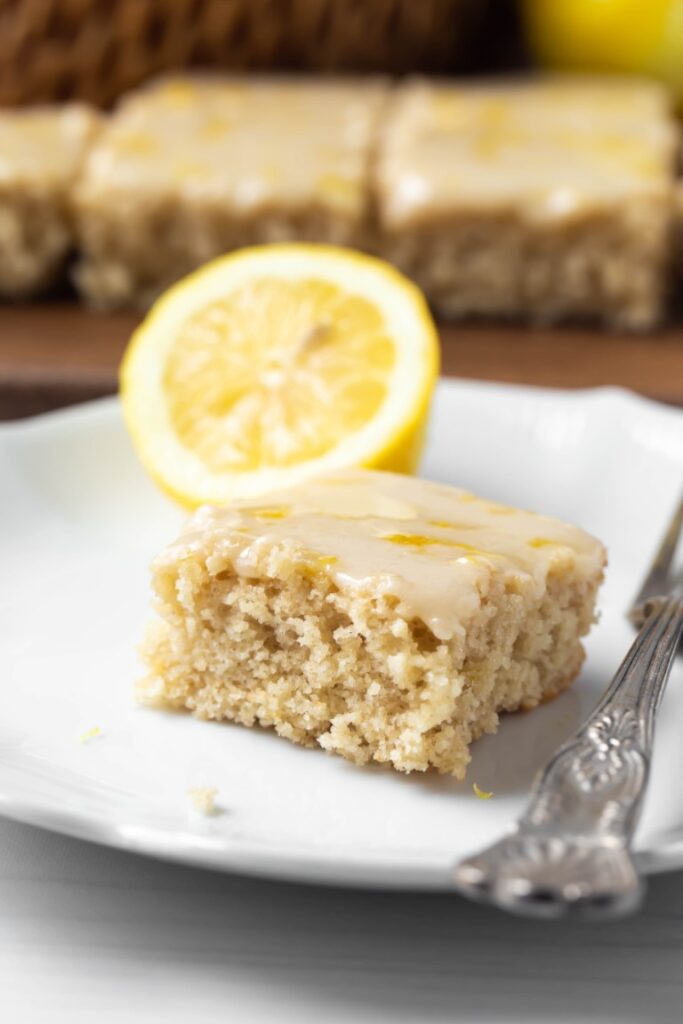
A basic blend might include 1 cup brown rice flour, 1/2 cup chickpea flour, 1 tsp xanthan gum. For sourcing, try Bob’s Red Mill. These ingredients ensure desserts like brownies or cakes are indulgent and accessible.
Secret 3: Step-by-Step Recipes for Vegan and Gluten-Free Desserts
Dive into baking with these popular recipes: a chocolate cake, brownies, and fruit tart—all vegan, gluten-free, and foolproof.
Vegan Gluten-Free Chocolate Cake (Serves 8-10, Prep 15 min, Bake 30 min)
Ingredients: 1 1/2 cups gluten-free flour blend, 1 cup sugar, 1/4 cup cocoa, 1 tsp baking soda, 1/2 tsp salt, 1 cup almond milk, 1/3 cup oil, 1 tsp vanilla, 1 tsp vinegar.
- Preheat oven to 350°F; grease 8-inch pan.
- Whisk dry ingredients.
- Mix wet; combine until smooth.
- Bake 30-35 min; cool, frost with vegan chocolate ganache.
From Eat With Clarity.
Fudgy Vegan Gluten-Free Brownies (Makes 16, Prep 10 min, Bake 25 min)
Ingredients: 1 cup almond flour, 1/2 cup cocoa, 3/4 cup sugar, 1/4 tsp salt, 1/3 cup oil, 1/4 cup almond milk, 1 tsp vanilla, 1/2 cup chocolate chips.
- Preheat to 350°F; line 8×8 pan.
- Mix all until combined.
- Bake 25 min; cool completely.
Inspired by Loving It Vegan.
Vegan Gluten-Free Fruit Tart (Serves 8, Prep 20 min, Chill 2 hrs)
Ingredients: Crust – 1 1/2 cups almond flour, 1/4 cup coconut oil, 2 tbsp maple; Filling – 1 can coconut cream, 1/4 cup maple; Toppings – mixed berries.
- Mix crust; press into tart pan, bake 10 min at 350°F.
- Whip filling; pour in cooled crust.
- Top with fruit; chill.
From Sindy Kitchen.
These recipes are versatile—adapt for more flavors.
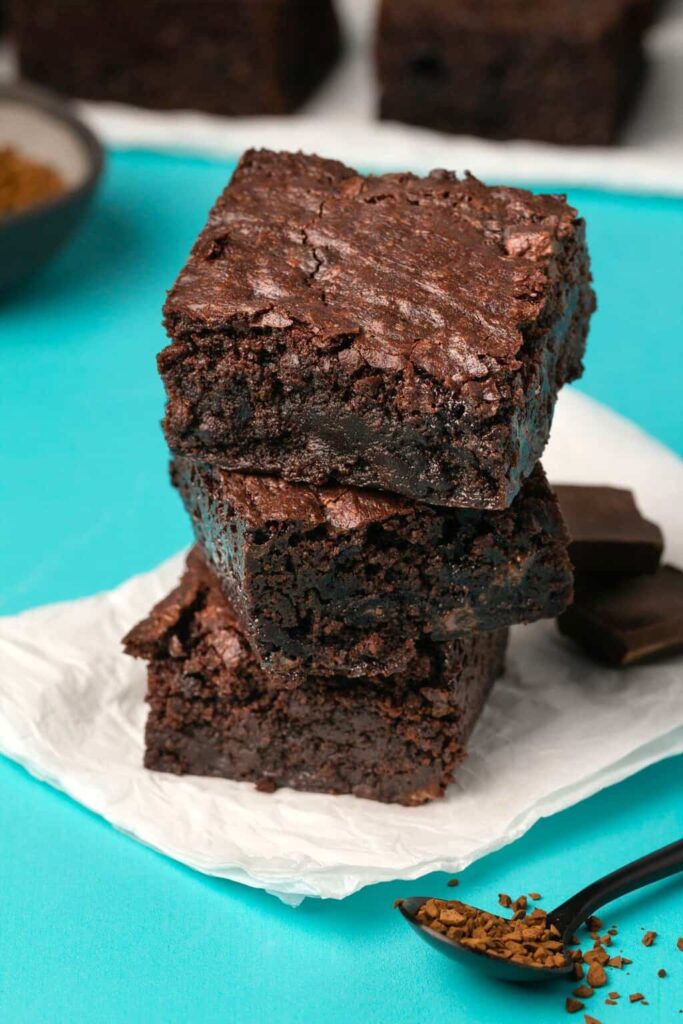
Secret 4: Delicious Variations to Try
Expand your repertoire with these variations, from cakes to bars.
- Oatmeal Cookies: Gluten-free oats, almond butter, maple.
- Chocolate Crinkles: Cocoa, sugar, flax egg.
- Cheesecakes: Cashew base, fruit toppings.
- Bars: Caramel pecan coconut ice cream bars.
- Balls/Bites: No-bake chocolate granola bites.
- Mousse: Chocolate mousse cake.
- Puddings: Chia seed puddings with fruits.

Explore Unconventional Baker for quirky ideas.
Secret 5: Pro Tips for Baking Vegan and Gluten-Free Desserts
Achieve perfection with these tips:
- Read/follow recipes exactly.
- Use xanthan gum for binding.
- Underbake slightly for moisture.
- Choose right flour blends.
- Replace eggs with flax/chia.
- Measure precisely.
- Experiment with ratios.
Common fixes: Add moisture if dry, bind if crumbly.
Secret 6: Storage and Serving Suggestions
Store in airtight containers: room temp 2-3 days for cookies, fridge 5 days for cakes, freeze 1-3 months. Thaw overnight.
Serve on boards with fruits/nuts, as mini portions, or with vegan ice cream. Ideas: dessert platters, paired with tea.
Secret 7: Nutritional Benefits of Vegan and Gluten-Free Desserts
These desserts offer health perks: nutrient-rich with fiber, antioxidants; lower cholesterol/saturated fats; better digestion; heart-healthy fats from nuts; balanced blood sugar with natural sweeteners. Gluten-Free Desserts Enjoy mindfully for balanced indulgence.
Frequently Asked Questions
Q: Why do my desserts crumble?
Insufficient Binding Agents: In vegan and gluten-free desserts, the absence of eggs and gluten (which provide structure) can lead to crumbling if not properly compensated. Without enough binders like flax eggs, chia seeds, aquafaba, or xanthan gum, the dessert lacks cohesion. Gluten-Free Desserts For example, gluten-free flours like almond or rice flour are naturally crumbly without added stabilizers.
- Fix: Ensure you’re using a binder. For cakes or brownies, add 1/2 tsp xanthan gum per cup of gluten-free flour if your blend doesn’t include it. For vegan recipes, use 1 flax egg (1 tbsp flaxseed meal + 3 tbsp water, rested 5 minutes) per egg replaced. In mug cobblers, ensure the topping batter has enough liquid (2-3 tbsp milk) to bind the flour.
Overbaking or Overcooking: Baking too long, especially in a microwave for mug cobblers, dries out desserts, making them brittle and crumbly. Gluten-Free Desserts and vegan batters are particularly sensitive due to lower moisture retention.
- Fix: Reduce baking time. For oven-baked desserts like cakes, check 5-10 minutes before the recipe’s suggested time—use a toothpick to ensure moist crumbs, not a clean pick. For microwave cobblers, start with 1.5 minutes at 1000W and check in 20-second increments; the topping should be set but slightly soft.
- Incorrect Flour Ratios: Gluten-free flours vary widely in absorbency. Coconut flour, for instance, soaks up liquid, leading to dry, crumbly textures if not balanced with enough wet ingredients. Similarly, too much flour in a mug cobbler topping can make it powdery.
- Too Little Fat or Moisture: Fats like coconut oil, vegan butter, or nut butters provide tenderness and hold desserts together. Skimping on these in vegan recipes, or using low-fat substitutes, can cause crumbling. Similarly, insufficient liquid (milk, water) in batters leads to dry results.
- Fix: Ensure adequate fat—use at least 1/3 cup oil or vegan butter per cup of flour in cakes, or 1 tbsp butter/oil in mug cobbler toppings. Add an extra 1-2 tbsp plant-based milk if the batter looks dry. For vegan recipes, avocado or cashew paste can boost moisture.
- Under- or Overmixing: Undermixing fails to distribute binders evenly, while overmixing can break down delicate gluten-free structures or make batters dense, both leading to crumbling.
- Fix: Mix just until ingredients are combined. In gluten-free batters, stop when no dry flour remains but lumps are okay. For mug cobblers, stir the topping gently with a fork to avoid overworking.
- Microwave-Specific Issues (Mug Cobbler): Microwaves can overheat certain spots, drying out the topping and causing it to crumble. Gluten-Free Desserts Using a small mug or unevenly mixed batter exacerbates this.
- Fix: Use a 12 oz+ microwave-safe mug to allow even cooking. Stir the berry base after microwaving for 30 seconds to distribute heat, and ensure the topping batter is evenly spread. Check wattage and adjust time (e.g., reduce to 1 minute for 1100W+ microwaves).
- Improper Cooling or Storage: Desserts, especially gluten-free ones, can dry out and crumble if not cooled properly or stored airtight, as they lack gluten’s moisture-retaining structure.
- Fix: Cool cakes or brownies in the pan for 10-15 minutes before transferring to a rack to prevent structural collapse. For mug cobblers, let rest 1-2 minutes post-cooking to set. Store all desserts in airtight containers; refrigerate vegan desserts for up to 5 days or freeze for 1-3 months to retain moisture.
- Quick Tips to Prevent Crumbling:
- Weigh ingredients (use a digital scale) for precision, especially with gluten-free flours.
- Add a touch of mashed banana or applesauce (1-2 tbsp) to vegan batters for extra binding and moisture.
- Test doneness early—a slightly underbaked dessert is less likely to crumble than an overbaked one.
- For mug cobblers, ensure berries are coated with cornstarch to thicken juices, preventing a soggy, crumbly topping.
- If using frozen berries, don’t thaw; they release less water during cooking.
